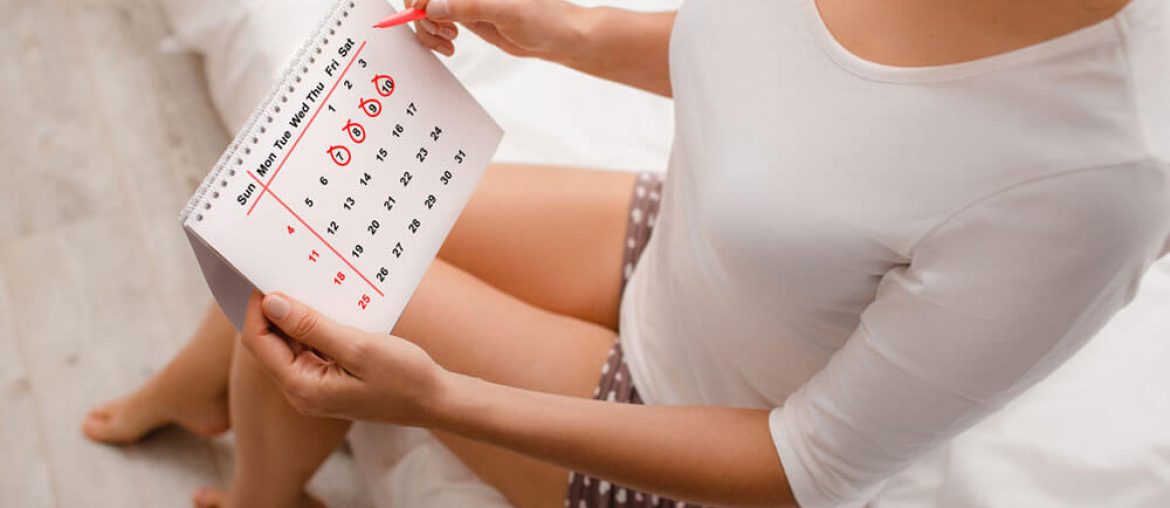PMS stands for Premenstrual Syndrome; “pre” means “before” and “menstrual” refers to the menstrual cycle or periods. Not all girls will get PMS. Most girls and women with PMS have symptoms during the week before their period that lessen or disappear within 1-2 days after their period starts. Symptoms can usually be treated with lifestyle changes such as exercise and relaxation therapy and over-the-counter medicine. If these aren’t effective, prescription medicines are sometimes prescribed.
PMDD stands for Premenstrual Dysphoric Disorder. This diagnosis is reserved for young and adult women who have: five or more of the most common PMS symptoms during the week before their period, for at least two menstrual cycles in a row, and symptoms are not due to a medical condition such as thyroid disease. Symptoms such as mood swings, irritability, depression and fatigue are usually so severe that the young/adult woman misses school, work and/or avoids her regular social activities.
How Do I Know if I Have PMS Symptoms?
PMS symptoms usually occur 5-7 days before a girl/woman’s menstrual period. There are actually a total of 150 known symptoms of PMS. The most common symptoms include: mood swings, breast soreness, bloating, acne, cravings for certain foods, increased hunger and thirst, and fatigue. Other symptoms may include constipation or diarrhea, irritability, and feeling blue or down in the dumps. If you have any of these symptoms and they happen during the week before your period starts and go away when your period arrives or a few days later, you may have PMS. If you feel blue or down in the dumps and these feelings last longer than the week before your period, it’s probably not related to PMS. In this situation, it’s particularly important to ask your primary care provider if you should talk to a counselor or therapist. Since there are so many possible symptoms of PMS, it’s a good idea to keep track of them. Remember to note if the symptoms are mild, moderate, or severe. Use a period and symptom tracker for 2-3 months and then bring it to your next medical appointment. A record of your symptoms can help your health care provider figure out the best treatment choices for you.
My Monthly Period & Symptom Tracker:
There are apps that you can download to help you track your periods. One approved by the American College of Obstetrics and Gynecology is CLUE and is an easy way to keep track of your menstrual flow, and it’s also a way to keep track of cramps, and/or PMS and period symptoms (if you have them) each month.
What Causes PMS?
Scientists are still trying to figure out what causes PMS. We know that during the second half of the menstrual cycle, progesterone (female hormone) levels increase. Then, just before the period comes, progesterone and estrogen (another female hormone) levels drop. It is believed that changes in hormone levels result in PMS symptoms. Other factors may have an effect on PMS symptoms; for example, you may notice that your symptoms are better if you get plenty of sleep and exercise regularly. Although PMS can be frustrating, there are things you can do that may help relieve your symptoms.
Are There Any Tests to Check for PMS?
There are no specific tests such as a blood test to diagnose PMS. The diagnosis is based on specific symptoms. If you see your health care provider (HCP), he/she will likely ask you a lot of questions. Some questions will be about your period and when you have symptoms, how long they last, etc. and if your symptoms get better or disappear when your period starts. Your HCP will also ask about what medicines you take including any over-the-counter medicine, vitamins and dietary supplements. He/she may order tests to make sure your symptoms are not caused by another condition such as a problem with your thyroid gland. Also, your HCP may ask you if you have ever been treated for a mood or anxiety disorder, substance abuse, headaches, chronic fatigue or other medical conditions that can sometimes get worse a few days before a woman’s menstrual period.
Is There Anything I Can Do to Treat My PMS Symptoms?
Nutrition and lifestyle changes are a first step. The following suggestions are healthy recommendations for everyone and are particularly helpful for young women with PMS symptoms, according to research.
- Nutrition Changes –
- Eat whole grains that are high in fiber (such as whole grain breads, whole wheat pasta, and high fiber cereals instead of white bread, white pasta, and sugary cereals). Whole grains help to keep blood sugar levels more stable compared to refined grains such as white bread, which could keep cravings under control and prevent mood changes associated with PMS.
- Cut back on sugar and fat. Even though your body may be craving sweets or fast foods that are high in fat, try to limit these foods since they may add to your PMS symptoms such as bloating.
- Limit foods high in salt (sodium) for the few days before your period. For example, avoid: canned soups, Chinese food, hotdogs, chips, and pizza which are very high in sodium. Cutting down on sodium may help to control bloating by lowering the amount of fluid your body retains.
- Keep hydrated. Drink plenty of water to reduce bloating and help with digestion.
- Cut back on caffeine. Reducing the amount of caffeine you eat and drink (soda, coffee drinks, and chocolate) may help you feel less tense and may also ease irritability and breast soreness.
- Try eating up to 6 small meals a day instead of 3 large ones and include a balance of foods and nutrients (lean protein, whole grain carbohydrates, fruits/veggies, and healthy fats such as olive oil or avocado) at each small meal. This will help keep your blood sugar levels even, which will give you energy that lasts.
- Don’t forget calcium! Research studies have shown that getting 1300 mg of calcium per day helps with PMS symptoms such as mood swings, headaches, and irritability. This means you should eat or drink three to four servings of high calcium foods (such as milk, fortified OJ, or soy milk) each day or take calcium supplements.
- Lifestyle Changes –
- Fit in exercise. Do aerobic exercise (such as running, dancing, or jump roping) for 30-60 minutes a day, 4 to 6 times a week.
- Catch your ZZZ’s. If you’re a teen, you need about 9 hours of sleep each night.
- Try to maintain a regular schedule. This includes meals, exercise, and bedtime.
- Avoid alcohol. Drinking alcohol before your period can make you feel more depressed.
Are There Medications That Might Help?
If your symptoms don’t improve with a few nutrition and lifestyle changes, talk with your health care provider. He/she may be able to prescribe medicine that will help lessen or get rid of your discomforts. There are many different medicines that are currently used to treat PMS symptoms. The most commonly prescribed are oral contraceptives (birth control pills) which prevent ovulation and keep hormone levels even. Most pills (particularly those that are low in progestin or contain drospirenone) can improve symptoms. Sometimes symptoms can improve even more if the pill is taken continuously (one active pill every day and no placebo pills). Other medications include ibuprofen or naproxen sodium that can help to relieve lower back discomfort and headaches and mild diuretics such as Spironolactone to lessen bloating and mood changes. If depression is a significant issue, your health care provider may prescribe antidepressants such as Fluoxetine, Sertraline, or other SSRI medicines either for the 7 days before your period or daily.
Are There Vitamins or Minerals That Will Improve My Symptoms?
Although more research studies are needed, there are certain vitamins and minerals that may help PMS symptoms. Several research studies show that calcium can significantly decrease many of the symptoms associated with PMS. Make sure that you are getting the recommended 1300 mg/day from calcium-rich foods or drinks or from supplements. Other supplements that could help with PMS symptoms are magnesium (400 mg/day), vitamin B6 (100 mg/day), and vitamin E (400 IU/day), but more research needs to be done. Check with your health care provider about whether you should try them and how much you should take because taking high doses of supplements can have unpleasant or dangerous side effects. For example, high doses of magnesium may cause diarrhea in some people.


























